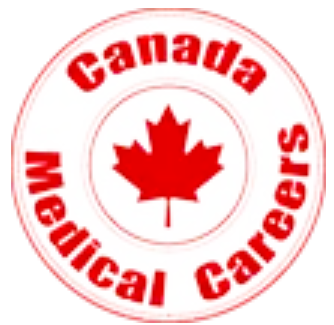Doctors’ Compensation in Canada
Understanding Compensation Models for Doctors

Doctors’ Compensation in Canada
The provincial government in each province in Canada negotiates compensation with the doctors practicing in a province. On each side, there will be different entities who do the actual negotiating. Ultimately a province uses tax dollars to pay physicians according to an agreement negotiated with representatives for the doctors in that province.
Compensation for general practitioners varies widely across Canada. It is usually relative to the cost of living for the area of the country in which you choose to practice. Like anywhere in the world, the cost of living and income earned is relative to whether you are living in a small town or a large urban area.







Why live and practice in Canada?
There are several compensation models available across Canada. Very few positions are salaried and would likely be working directly for a government entity such as a hospital, prison, military, or other institution.
Most provinces offer a Fee-for-Service (FFS) model where you are paid based on the number of patients you see and the treatment you provide.
Other provinces might offer FFS but also offer blended payment models where some form of capitation payments are offered.
Most doctors coming to Canada from the United Kingdom, Ireland, Australia, and the United States will choose to practice in British Columbia, Alberta, Manitoba or Ontario. Below is a “rough” guide to compensation models in each of these provinces. It is important to note that under all models a doctor’s earnings will be based on the number of patients seen and a doctor’s personal energy and time given to a practice.
British Columbia – The most popular compensation model is the Longitudinal Family Practice compensation model, commonly referred to as LFP.
In simple terms, a family physician with a roster of 1,250 patients, and 30% of those are complex care patients, and who has 5,000 patient interactions a year can expect to earn $385,000 annually. There are opportunities to earn more, including bonuses, that can increase your income to $500,000 or more. There is an online calculator that family doctors can use to estimate their income based on performance.
British Columbia also offers a New to Practice (NTP) model that guarantees an annual income of $275,000 plus an annual bonus of $10,000. Ask your recruiter for qualifying details of these agreements.
Alberta -As of 2024 physicians in Alberta are largely paid on a Fee for Service basis. The government has plans to change their compensation models. When that happens, this website will be updated. Earnings can be very significant for high-performing doctors with many earning $500,000 and as much as $700,000 or more.
Manitoba – Manitoba is primarily FFS at this time and the payments may be the most generous of all provinces. 2024 saw a significant increase in payments by the government.
Ontario – Family physicians in Ontario have a smorgasbord of compensation models. “The Ministry of Health and Long-Term Care is responsible for most physician payments in Ontario and emphasizes comprehensive care that encompasses health promotion and disease prevention as well as treatment and disease management.”
Roughly 40 per cent of family doctors are compensated on the fee-for-service model, in which the physician bills OHIP for each time they see a patient.
Nearly 60 per cent are on the capitation system (also known as the patient enrolment model), in which OHIP pays the physician an annual lump sum for each patient on their roster, depending on the patient’s age and sex.
- Fee for Service
- Enhanced Fee for Service – Comprehensive Care Model (CCM) and Family Health Groups (FHG)
- Blended Capitation Model – Family Health Network (FHN) and Family Health Organization (FHO)
- Rural Compensation Model
- Blended Salary Model (BSM) – Community sponsored Family Health Teams
- Salaried Model – Community Health Centres (CHC) – all income from salary
Ontario’s system becomes more complex when you consider that the above compensation models are offered in the context of different practice models.
- Family Health Team Practice Models have these associated compensation models: FHN/FHO, BSM, RCPGA (in Northern Ontario).
- Community Health Centre Practice Models offer a salary form of compensation.
- Independent Practice Models include FFS, CCM, FHG, FHN, FHO compensation models
- Walk-in Clinic offers only FFS compensation.
- Rural- Northern Physician Group is only used in Northern Ontario.
Keep in mind that for capitation models there is often an approval process whereby a doctor must apply to the provincial government for approval.
Ask your recruiter for more details. Each compensation model offers excellent earnings and your choice will be influenced by your preferences for ways of practicing on a daily basis.
Once our recruiters at CanadaMedicalCareers.ca learn your practice preferences, they will discuss the compensation available in various positions.
No matter the model, you earn an income through, you will have patients who appreciate you, a good work-life balance and live a good life, in a nice home, near great schools, and with plenty of recreational opportunities.
Apply Now to Practice Medicine in Canada
We invite you to submit the simple, no-obligation, preliminary application below. Once we receive your application, we will be in touch within one business day, often immediately! For positions as a General Practitioner please apply only if you have the designations MRCGP, MICGP, FRACGP, FACRRM or DABFM (or an affiliate in the USA).